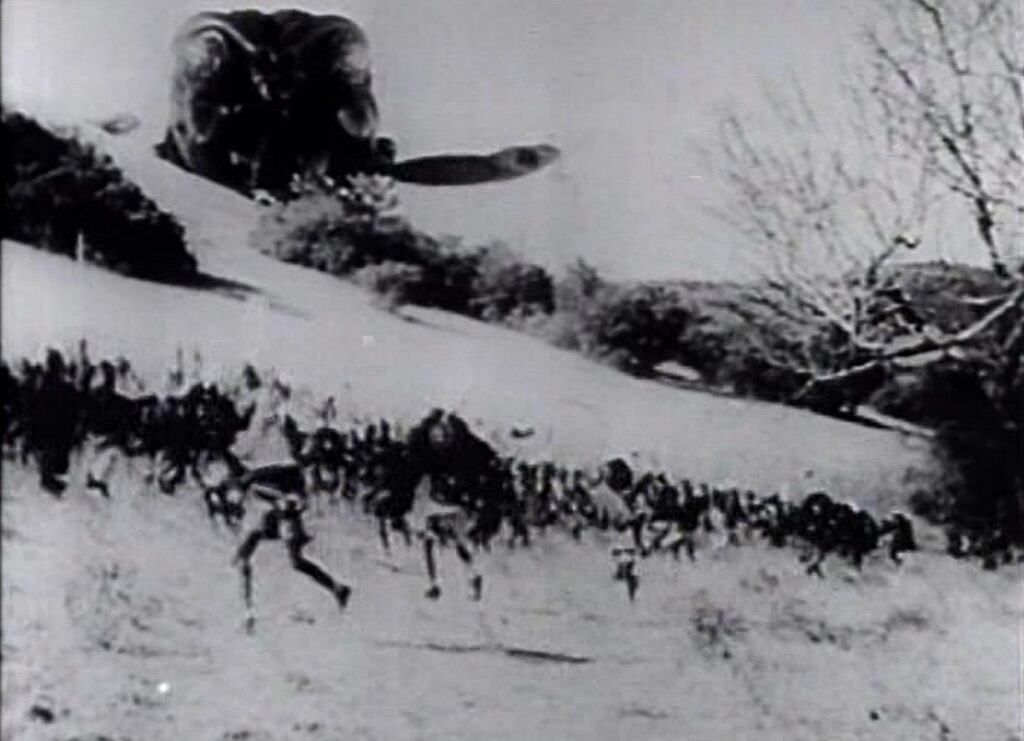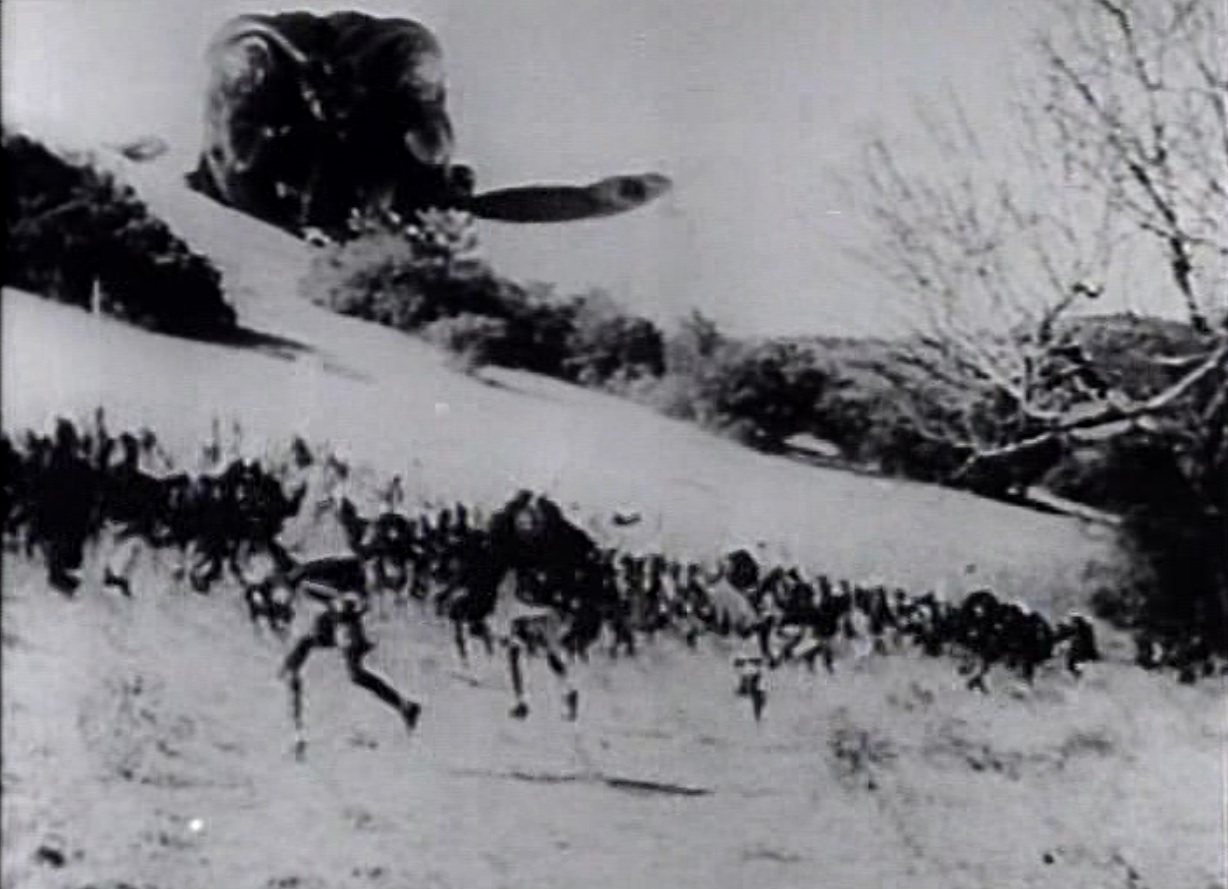Movie Review: Monster from Green Hell (1957) directed by Kenneth G. Crane
The Space Race is on, but before a human can be shot into orbit, the risks need to be assessed. Therefore, the United States has put scientists Dr. Quent Brady (Jim Davis) and Dan Morgan (Robert Griffith) in charge of a program for shooting animals into the upper atmosphere for exposure to cosmic rays to see if there are any ill effects. (I wonder if Stan Lee and Jack Kirby saw this movie?) One of the rockets, which happens to be carrying a wasp colony, goes off course, with an estimated crash site near Africa.

Some weeks later, missionary Dr. Lorentz (Vladimir Sokoloff) performs an autopsy on a recently killed African native and confirms that he died of an unknown poison. He is not convinced that this means there’s an actual monster in the area known as “Green Hell” but his native assistant Arobi (Joel Fluellen) points out that while the tribespeople might be superstitious, the local animals aren’t, and they’ve been avoiding Green Hell as well. And indeed, we see a brief moment of a gigantic wasp-like monster looming in the sky.
In the U.S., Brady and Morgan read reports of giant wasp sightings in Africa, though the papers treat it unseriously, and notice that there might be a connection to their missing experimental animals. They take a leave of absence and head for the continent in question. It takes a while to arrange a safari, and the colonial authorities loan them a guide, “Arab” Mahri (Eduardo Ciannelli), and a column of bearers.
After much hardship, the expedition arrives at Dr. Lorentz’ complex, only to find out he has been killed, but Arobi was able to dig a giant stinger out of him, the first physical evidence that the monster truly exists. Dr. Lorentz’s daughter Lorna (Barbara Turner) and Arobi join the expedition into Green Hell to learn the truth.
This Fifties flick combines the giant monster and jungle picture subgenres, with the majority of the run time devoted to the latter. This is a “Darkest Africa” story which makes no attempt at geographical accuracy and pretends that conditions remain the same as they were a generation or more before the 1950s. Part of this is somewhat necessitated by the heavy use of stock footage from a 1930s movie about a 19th Century expedition. Animals from widely separated regions are depicted as though all in one area, and the natives range from superstitious to savage, with Arobi as the one “half-civilized” native.
The best thing about the movie is the giant wasp models, which while obviously models, are presented in a suitably scary fashion.
There’s a lot I could nitpick about this movie, but I do find it a pleasant surprise that when the scientists learn that they’ve accidentally introduced an invasive species into Green Hell, they take responsibility and attempt to solve the problem. Despite the fact that they utterly fail and Nature itself has to miraculously intervene, at least an attempt was made.
Content note: Death of several humans and animals, mostly bloodlessly, but one scene does involve goo. Dubious portrayal of African natives. A bit of sexism, Dr. Brady says that a dangerous expedition is “no place for a girl” and Lorna responds that this is why she’s coming, to shame the village men into assisting.
The original theatrical print of the movie had red tinting for the lava at the end; my copy was one of the TV prints that did not have this feature. I am given to understand there’s a restoration of the film with Technicolor ™ coloring of that scene.
This is low-grade schlock of the sort that gave “sci-fi” movies a bad name in the Fifties. Mostly of interest for people who gather to riff on bad movie night.

